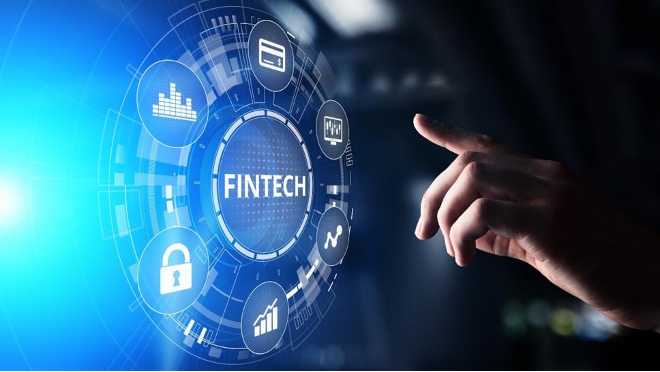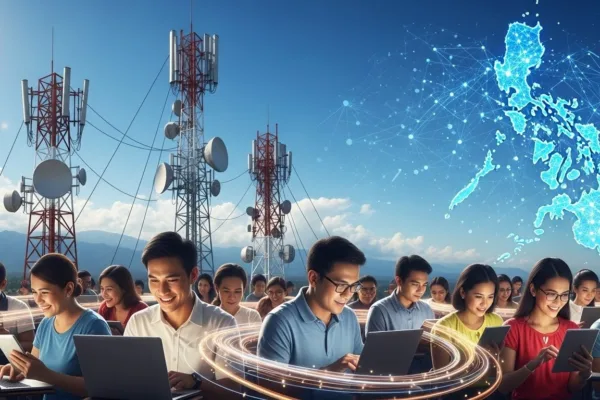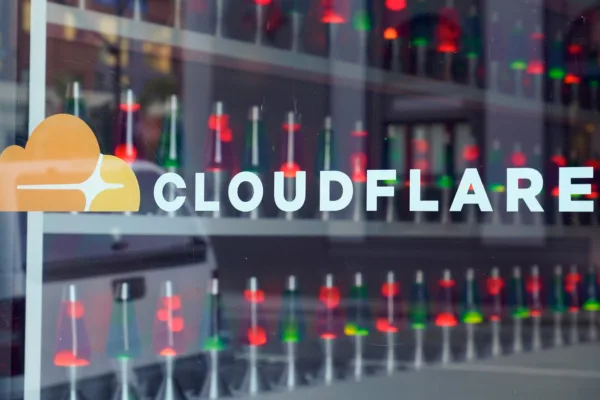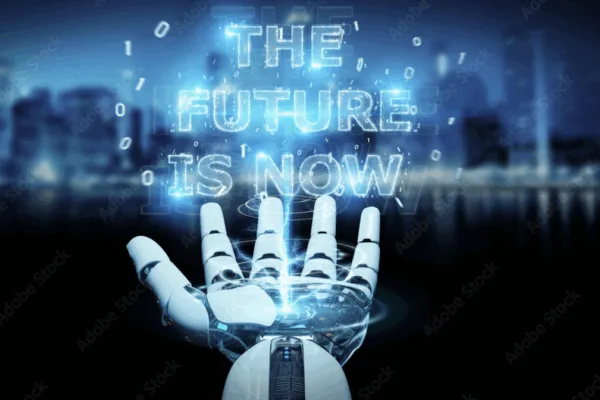by Leira Mananzan, Correspondent
The Philippines’ fintech sector is entering a new era. With digitalization sweeping across the archipelago, fintech adoption is expected to reach 72% of the population in 2024, propelled by robust regulatory support, a tech-savvy population, and a surge of innovation from both established banks and agile startups.
As we look ahead to 2025 and beyond, several key trends and banking innovations are shaping the future of finance in the Philippines and the broader APAC region.
Artificial intelligence (AI): The next frontier in Philippine banking

AI is no longer a buzzword — it’s a business imperative.
Philippine banks and fintechs are rapidly integrating AI to drive hyper-personalization, streamline credit scoring, and combat fraud. The Bangko Sentral ng Pilipinas (BSP) is poised to release new regulations on the ethical use of AI, covering data privacy, bias management, and accuracy, ensuring responsible innovation.
AI-powered solutions are already enabling digital banks to onboard clients in minutes, analyze alternative data for creditworthiness, and monitor transactions in real time to prevent fraud—a crucial advantage in a market with higher-than-global fraud rates. As AI matures, expect even greater advances in lending, customer experience, and operational efficiency.
“Our financial institutions are already joining the AI revolution and are also excited to take advantage of the benefits of AI. A lot of them already have existing projects or are considering AI in their roadmap,” said Melchor T. Plabasan, BSP’s senior director for technology risk.
Open finance and open banking: Unlocking financial inclusion

Open Finance is set to redefine the Philippine financial ecosystem. The BSP’s Open Finance PH Pilot, supported by the International Finance Corporation and World Bank, is building an interoperable framework that empowers consumers to control their financial data and access a broader range of services.
Open Finance is particularly transformative for the unbanked and underbanked, enabling them to build financial profiles and access credit, insurance, and investment products previously out of reach. As the Open Finance Roadmap (2023–2027) unfolds, expect increased collaboration between banks and fintechs, fostering innovation and inclusion.
“With Open Finance PH, we are taking a big step towards unlocking equal access to financial services for all Filipinos and building a cyber-resilient and open digital economy,” said BSP Governor Felipe M. Medalla.
Embedded finance: Seamless, contextual banking

Embedded finance — the integration of financial services into non-financial platforms — is gaining momentum in the Philippines. Digital banks like UNOBank are embedding banking products directly into retail, healthcare, and transportation experiences, making finance invisible yet omnipresent.
This approach not only enhances convenience for consumers but also accelerates financial inclusion by meeting Filipinos where they are — online, in stores, or even on ride-hailing apps. However, regulatory frameworks must evolve to protect both consumers and institutions as embedded finance scales up.
Tokenized assets and stablecoins: The rise of digital Peso

Blockchain-based innovations are also reshaping the investment and remittance landscape. UnionBank and RCBC are pioneering tokenized assets, while the launch of PHPX — the first bank-collateralized Philippine Peso stablecoin—marks a milestone for digital currency in the country.
PHPX, developed with major financial institutions, promises faster, cheaper remittances for the $40 billion sent home annually by overseas Filipinos, and opens new avenues for investing in tokenized bonds and ETFs. As the BSP prepares to greenlight PHPX’s launch on the Hedera network, expect stablecoins to play a pivotal role in cross-border payments and financial inclusion.
Digital-only banks and neobanks: Driving financial inclusion
Digital banks are at the forefront of the Philippines’ financial inclusion drive. With six digital banks already licensed and more on the horizon, these institutions are redefining convenience, accessibility, and customer experience.
Nearly 45% of newly opened accounts in the past year came from digital banks, with platforms like Maya and GoTyme leading the charge. The BSP’s decision to issue up to four new digital bank licenses in 2025 signals a commitment to a more diverse and innovative digital banking ecosystem, targeting underserved segments such as MSMEs and rural communities.
Cybersecurity innovations: Safeguarding the digital economy
As digital transactions surge, so do cyber threats. Philippine banks are investing heavily in AI-assisted cybersecurity, real-time fraud detection, and advanced anti-money laundering (AML) systems. The BSP is updating its cybersecurity regulations to address new risks, particularly those arising from AI and embedded finance.
Robust cybersecurity is non-negotiable as the sector grows. Financial institutions must balance innovation with vigilance to maintain trust and protect consumers.
ESG and sustainable fintech: Finance with a purpose

Environmental, social, and governance (ESG) considerations are moving to the forefront of fintech strategy. Philippine fintechs are exploring green lending, sustainable investments, and inclusive finance models that align with the country’s development goals.
By integrating ESG into product design and operations, fintechs can attract purpose-driven investors and consumers while supporting national priorities like climate resilience and poverty reduction.
The Road Ahead: Collaboration and Inclusion
The convergence of these trends signals a transformative era for the Philippines’ fintech sector. Yet, challenges remain—digital literacy gaps, rural infrastructure, and regulatory harmonization require ongoing attention. Success will hinge on collaboration among regulators, innovators, and communities to ensure that progress uplifts all Filipinos, not just the privileged few.
As President Ferdinand R. Marcos Jr. noted, “The Philippines is emerging as a hub for innovation… We are developing and refining these services to reach all Filipinos in every untapped market here and abroad.”
In 2025 and beyond, the Philippines stands poised to set a benchmark for inclusive, innovative, and resilient digital finance in Southeast Asia.








